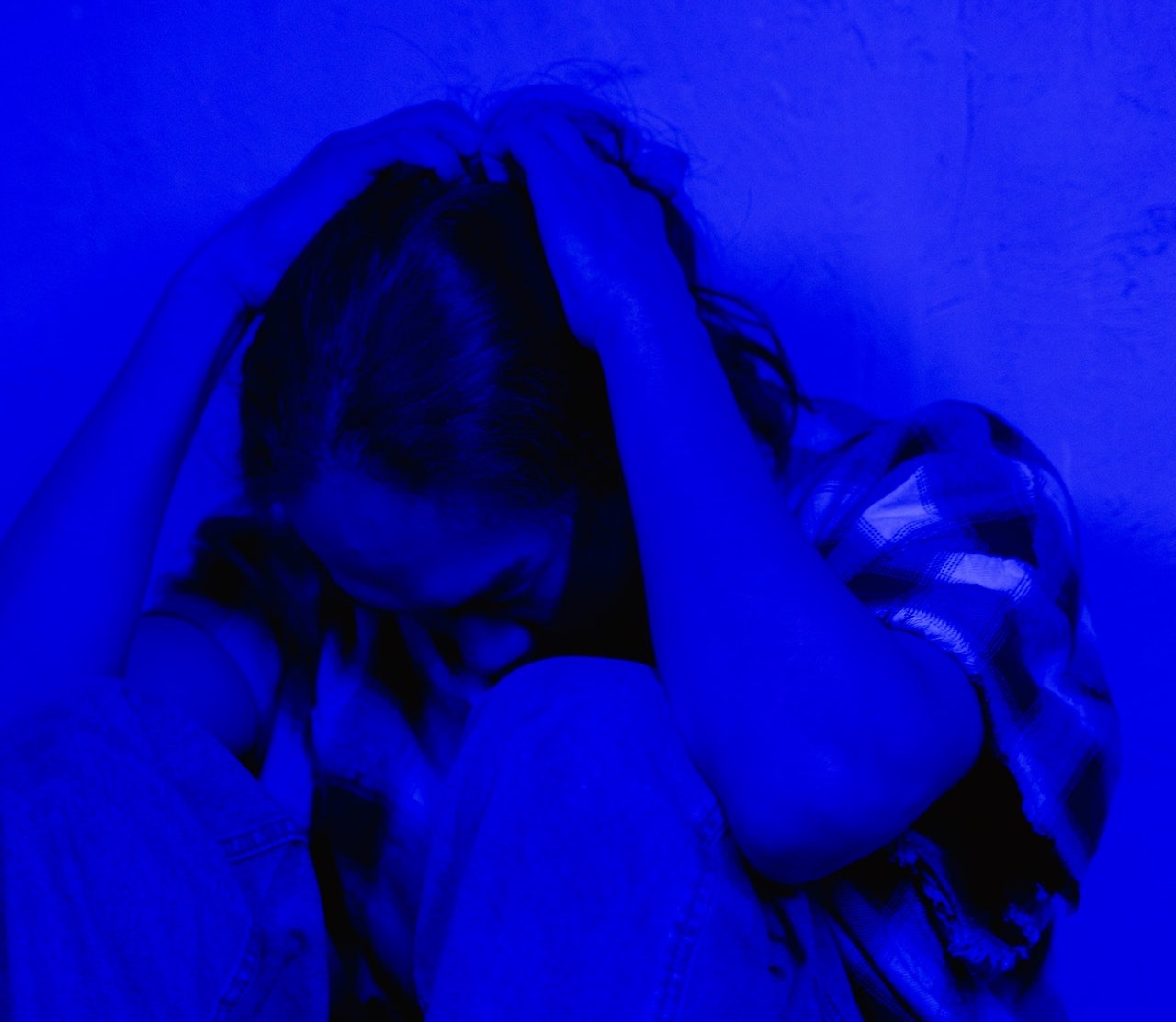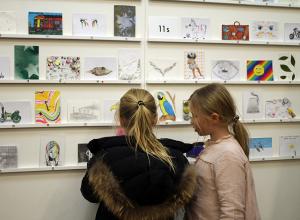
Teenagedom has always been coupled with emotional volatility, says Andy Woodward, Deputy Head of Senior School. We need to recognise that tears can be healthy and sadness and rage cathartic
Let the violin play as we begin on a sorrowful scene…
I recall a moment, as a 16-year-old, when I caught a glimpse of myself in the reflective glass window of the local bakery while walking to school. Dear reader, it was not a good moment. I saw a scrawny frame lacking in muscle or height. I saw the blotches and blemishes of teenaged acne. I saw grease and flaws and I perceived inadequacy. I possibly remembered my deservedly inadequate GCSE results while I was at it. Woe was me. I remember the moment because in it I felt genuine despair and the sudden prick of tears. I really didn’t want to continue to school that day, nor to present myself to others. All was sadness.
Looking back, I feel sympathy for my angsty young self… because the misery was entirely real, so I don’t want to diminish its validity.
Andy Woodward, Deputy Head, Harrodian Senior School
Looking back, I feel sympathy for my angsty young self… because the misery was entirely real, so I don’t want to diminish its validity. But I also recognise that moment as showcasing a distinctly adolescent reaction; a moment borne of rapid change, hormones, peer comparison, poor diet, and tiredness (has any teenager ever gone to bed at a reasonable hour?). Importantly, it didn’t mean I was suffering from depression, nor any form of body dysmorphia… nor that I particularly needed therapy (beyond the fact that we could all probably do with a spot of it now and then!). I was just having a sad day, with a side order of youthful self-doubt and self-recrimination.
Now, your alarm bells may be ringing… Am I about to turn traitor and ridicule the very idea of mental health diagnoses among the young? Absolutely, no, not at all. I love, and very much believe in, the increased awareness and de-stigmatisation of conversations around mental health. It’s brilliant if people can recognise their feelings, talk to others and ask for help when they or their friends, need it. Long may this become ingrained in the culture. But… there must also be room for some good old-fashioned emotions – some highs and lows along the way – without them necessarily being subsumed into the language of ‘issues’ or ‘problems’. I am deliberate in not writing that they should exist ‘outside’ of the mental health discussion. Because a key part of that discussion is to recognise we all exist on a mental health continuum, where we will sometimes feel healthier, happier and more robust than on other days, and to recognise the things that make the former more likely.
As we transition into becoming more aware of our mental health, there is perhaps a danger that we leap too quickly to the language of crisis
Even so, as we transition into becoming more aware of our mental health, there is perhaps a danger that we leap too quickly to the language of crisis. It is possible that, were I experiencing those bakery window feelings in 2022, I would be quicker to presume I was indeed depressed, and that I therefore needed intervention and support. Whereas diagnosable depression is in fact experienced across a period of time – a time where every day is the bad day and where we can’t break free from the wrong end of that continuum, having maybe become blind or immune to those things that make us feel better. That is a serious matter, as is the crippling anxiety we see too much of at present among young people in schools.
There must also be room for some good old-fashioned emotions – some highs and lows along the way – without them necessarily being subsumed into the language of ‘issues’ or ‘problems’
Nonetheless, some way short of these diagnosable conditions, we all feel sometimes feel sad… and angry… and worried. And teenagers tend to feel these things more often and more strongly than at any other stage. A recent academic study (Bailen, Green, Thompson, 2018) found decisively that older adolescents (boys and girls, aged 14-18) experience ‘more frequent high-intensity positive and high-intensity negative emotions, and fewer low-intensity emotions’ compared to adults and compared to younger children. Those experiencing the advanced stages of puberty were likely to report ‘more frequent tense and frustrated feelings’ and were more likely to report ‘feeling sad or irritable’. This is normal – and it’s helpful for us and them to know it’s normal, while not invalidating (and certainly not mocking!) the very real feelings involved.
A recent academic study found that older adolescents experience ‘more frequent high-intensity positive and high-intensity negative emotions, and fewer low-intensity emotions’ compared to adults
I have been asking around my peers and colleagues, and I have been regaled with numerous reminiscences of irrational adolescent tears, unbearable (but short-lived) heartbreak, insufferably regretted social mistakes, devastation caused by peer exclusion… and days where they didn’t want to get out of bed for no apparent reason. Teenagedom has always been coupled with emotional volatility. It’s good if we recognise and expect that fact, so that a healthy emotional self-awareness doesn’t morph too quickly into doom-laden self-diagnosis. Indeed, such dramatic ups and downs (and I did also have plenty of ups – the story of my younger self doesn’t end at the bakery window!) have long been the engine-room of much of our art – from the latest on Netflix, right through the canon of pop music, via Keats and Shelley, back to Romeo and Juliet, and well beyond… even the Bible’s authors wrestled with ‘youthful passions’!
Confronted with bouts of the sadness or self-doubt that have inflicted young people since the dawn of time, we can chat it through with them, without feeling obliged to panic, to convince them out of it
Tears can be healthy. Sadness and rage can be cathartic. Indeed, it’s not healthy if emotions never make it to the visible surface (the dubious virtue of stoicism and the male ‘stiff upper lip’ being a discussion for another day). Worry – and ask advice - if sadness and despair are all we see in our kids over a period of time. Or if the reaction to a traumatic situation is severe enough to threaten harm. But, confronted with bouts of the sadness or self-doubt that have inflicted young people since the dawn of time, we can chat it through with them, or hug it out, or just make them a nice cup of tea… without feeling obliged to panic, to convince them out of it, or shame them into acknowledging that many-other-children-in-the-world-have-plenty-more-to-cry-about-than-them-and-their-life-is-really-rather-wonderful-actually-so-get-over-themselves!
I had sad days, but I was OK. And for most of our kids, that remains the case. Because everybody hurts… sometimes.

Mr Woodward is Deputy Head of Harrodian Senior School. He welcomes feedback on his blog to: website@harrodian.com
Main photograph by Mart Productions from Pexels







